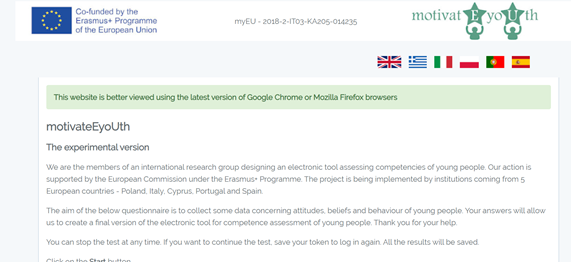Literature offers numerous definitions of competences. While researchers do not argue about the essence of competence, they differ in terms of the number of its components. Competence is interpreted as a more or less specialized system of abilities, proficiencies or skills, which enables a person, team or organization to act and react when completing concrete and familiar as well as novel working tasks (Weinert, 2001)[1].
Competence is generally construed in accordance with Boyatzis (1982)[2] definition. He defines competence as innate human potential which results in a behavior that contributes to satisfaction of demands expected at a given job position, in the environment of the organization, which in turn brings about desirable effects. While the abovementioned definition by Boyatzis (1982) focuses on employee potential, the behavioral model of competence emphasizes employee behavior. In this model, a competent employee is one who knows how to behave in order to achieve the set goal (knowledge), is capable of taking proper actions (skills) and wishes to behave in a determined manner (motivation) (Armstrong, 2009[3]; Jurek, 2008[4]). According to the behavioral model of competence, behavior results from possessed competences.
As a result of the above considerations, the MotivateYouth project team has adopted the following definition of competence: a collection of observable characteristics: knowledge, skills, attitudes and abilities, which enable the person (early leaver from education and training) to act effectively – to enable them to continue on viable progression pathways. Thus comprehended competences (to a smaller or larger extent) may be measured, developed and improved by acquisition of experience, practice, coaching, training or otherwise.
The above-mentioned definition of competence constitutes the base for the ICT Tool for Competence Assessment which is being currently developed by the project partnership.
TEAM OIC POLAND
[1] Weinert, H. (2001). Fixed-interval smoothing for state-space models. Kluwer Academic Publishers, Dordrecht, MA.
[2] Boyatzis, R. E. (1982). The competent manager: A model for effective performance. New York: Wiley.
[3] Armstrong, M. (2009). The Handbook of Human Resource Management Practice. 11th, Revised Edition, Kogan Page Ltd.
[4]Jurek, P. (2008). Analiza wybranych metod oceny kompetencji zawodowych. In: S. Witkowski, T. Listwan (Eds.). Kompetencje a sukces zarządzania organizacją (p. 98- 108). Warszawa: Difin.

